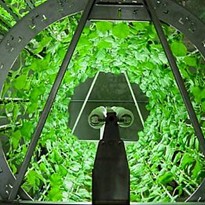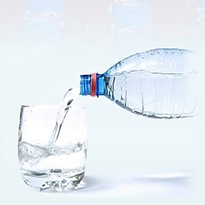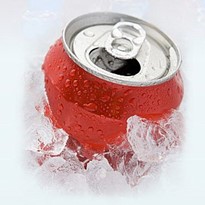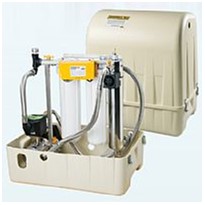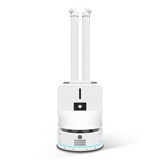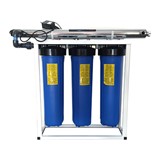Through my work auditing UV disinfection systems, I see many UV systems not delivering to their full potential, thereby compromising disinfection performance. Like all great technology it's not the technology itself at fault here, but most likely it's in the implementation. So, if you're planning on implementing UV technology, or you already have a UV system it could pay to read on and explore two of the most common problems I see and what you can do about it.
Commonly I see UV systems with either no UV intensity monitoring, or unreliable and/or poorly designed UV intensity monitoring. With absent or unreliable monitoring, there is no way of knowing if your UV system is delivering sufficient UV dose to meet your disinfection obligations.
Where a system utilises a single UV intensity monitor to monitor a bank of lamps (in a wastewater channel, for example) it is very easy for the readings to be influenced by the lamps closest to the sensor, and the lamps not in close proximity to the sensor may have very little effect on the measured intensity. The result is it can be difficult to monitor the condition of lamps and to know if sufficient UV dose is being delivered uniformly within the channel.
Some treatment plants have developed a work around, which involves the routine moving of the lamps in an attempt to maintain uniform UV distribution.
Unfortunately this work-around makes it almost impossible to maintain accurate records of lamp run-times, and impossible to manage lamps reaching their end-of-lamp-life (EOLL) further compounding issues surrounding the delivery of the correct UV dose. The whole process of removing banks of lamps and changing lamps can also be very time consuming and costly.
Without adequate UV intensity monitoring you are unable to accurately ascertain the performance of your UV system, with your only effective means of determining performance being to undertake microbiological sampling at the outlet of the UV system. As microbiological sampling is only carried out periodically the UV system may provide inadequate disinfection for prolonged periods, thereby resulting in a risk that EPA license conditions may be in breach for extended periods.
It is important that ALL UV systems be equipped with adequate UV intensity monitors, facilitating a more accurate determination of the UV dose being delivered to the water being treated. If you are evaluating a new UV system, you should give consideration to installing a UV system, which has been validated to an appropriate international protocol like USEPA, DVGW or NWRI. These protocols are centred on the concept of effective UV intensity monitoring.
I've already mentioned the issue of managing lamps, and lamp run times in relation to UV intensity monitoring. In almost all systems that I have audited there has been inadequate management of lamps and insufficient attention given to lamp run-time monitoring and the effect this has on the UV systems' efficacy. All UV systems need a strict regime to monitor lamp replacement, recording which lamps are changed and when and what their individual "run hours" are.
This can be done by your service agent (if you engage a regular service agent) or by plant operators. If lamps are only changed "if blown" this means that many lamps may be still in service when they are past their so-called End of Lamp Life (EOLL), which means they are delivering well below the required UV intensity to achieve adequate disinfection.
I have seen quite a few work-arounds for managing lamps, but often they compound the problem, and they can compromise your water quality.
Some treatment plant procedures utilise a routine inspection window of a number of weeks (e.g. routine inspection every 6 weeks) to replace lamps. Others replace every second lamp routinely because water authorities consider it too costly to replace every lamp at the recommended intervals. A strict means for recording the hours of duty for each lamp must be implemented so that lamps are never allowed to remain in service past their EOLL. To facilitate the swift change out of lamps that have reached their EOLL (or indeed lamps that have failed), it is also critical to keep spare lamps on-site.
To assist you in monitoring and managing your lamps, ensure your service agreements and your service agents maintain your UV system's records in accordance with the manufacturer's requirements. If you are replacing your current UV system or implementing a new system, this detailed monitoring of your UV lamp run hours can be somewhat overcome by installing a USEPA validated system, like the Berson InLine+USEPA system for example.
This is because each lamp has its own UV intensity sensor thereby ensuring each lamp is delivering adequate UV intensity to meet the disinfection requirement. I haven't yet covered off UV systems that have no effective way to detect lamp failure; this point will be discussed in the next article.
About the Author
Graham Smith (B Sc), National Sales Manager with Fluidquip Australia Pty Ltd. Fluidquip Australia is the Australian Distributor for Berson UV and Hanovia. Berson and Hanovia design and manufacture UV water disinfection systems specifically for use in drinking water, wastewater, reuse water and industrial process water.
Find out more about how UV Disinfection protocols work











